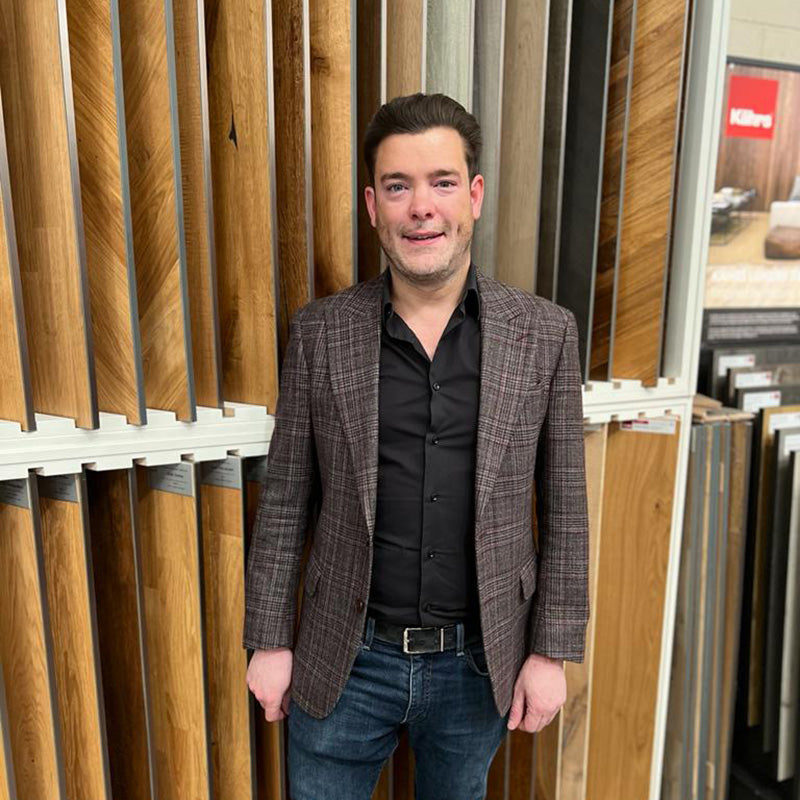Is Engineered Wood Eco-Friendly? Let’s Clear Things Up
Quick Links
Myth 1: “It’s not proper wood”
Myth 2: “It’s packed with glue and chemicals”
Myth 3: “Solid wood is always the greener choice”
Myth 4: “It won’t last”
What Makes One Floor More Eco Than Another?
Sustainability’s become more than just a buzzword. People want homes that not only look good but feel like the right choice — for their family and the planet. So it’s no surprise that when it comes to flooring, more and more buyers are asking: is engineered wood actually eco-friendly? Or is it just clever branding wrapped around plywood?
Let’s break it down. No fluff. Just facts.
So... What Exactly Is Engineered Wood?
A lot of people confuse engineered wood with laminate, but it’s not the same. Engineered wood is real wood — at least the top part. What you’re walking on is actual oak, walnut, or whatever species you’ve chosen. Underneath that, you’ve got layers of plywood or softwood that hold it all together and make it more stable than solid wood.
Because of this layered build, it doesn’t react to heat or humidity the same way solid wood does. That’s a win if you’ve got underfloor heating or you live somewhere with more weather mood swings than you’d like.
Myth 1: “It’s not proper wood”
Technically, no. It’s not solid wood. But that doesn’t mean it’s fake.
The top layer is the real deal — the same surface you’d get with a full wood plank. The difference is what’s underneath: instead of using one big chunk of timber, engineered boards use a hardwood veneer on top of a core made from fast-growing woods or recycled fibres. That’s where the eco part starts to make sense.
Less slow-growing hardwood used per plank means less strain on forests.
Myth 2: “It’s packed with glue and chemicals”
Sure, adhesives are used — they have to be. But it’s not the horror show some people imagine.
Most good-quality engineered wood uses low-VOC adhesives now — that’s short for volatile organic compounds, which are the nasties that can pollute indoor air. Look for products with E1 or CARB2 compliance if you’re concerned. Unless you're buying something ultra-cheap from a sketchy supplier, it's unlikely to be a problem.
Myth 3: “Solid wood is always the greener choice”
This one feels true until you think about it. Solid wood is natural, yes, but it also takes a lot more of the tree to produce a single plank. Engineered wood uses less of the slow-growing hardwood and makes it go further — sometimes 3 to 5 times further.
If you're after a lower carbon footprint, using less tree to cover the same space is a good place to start.
Myth 4: “It won’t last”
Depends what you buy and how you treat it.
Some engineered wood floors have thick enough top layers to be sanded once or twice in their life — that’s years of wear, scratches, kids, dogs, life — before needing a serious refresh. You might not get as many sand-and-refinish cycles as solid oak, but for most families, that’s not a dealbreaker.
Plenty of engineered floors easily hit the 20–30 year mark with normal care.
What Makes One Floor More Eco Than Another?
If you want to feel confident about your choice, keep an eye out for a few things:
-
FSC® or PEFC certification – this means the wood came from a responsibly managed forest, not some clear-cut disaster zone.
-
Low-VOC adhesives – fewer emissions, better indoor air quality.
-
Thicker veneer – more durability, less waste down the line.
-
Transparent brands – if they’re open about where the wood comes from and how it’s made, that’s usually a good sign.
So… Yes, It Can Be
Engineered wood gets a bad rep from people who think it's second-rate. But with the right product, it’s not only good-looking and practical — it’s a smart, sustainable choice too. Especially when compared with flooring options that are heavier on plastic or chemicals.
The key is not just buying “wood,” but buying consciously. Ask questions. Check labels. And don’t be afraid to dig into the detail.
Conclusion
Not every eco-friendly choice has to mean compromise. Sometimes, the better-looking, easier-to-live-with option is also the more sustainable one — and engineered wood is a good example of that.
It looks right, it lasts, and if you pick wisely, it does right by the planet too.



